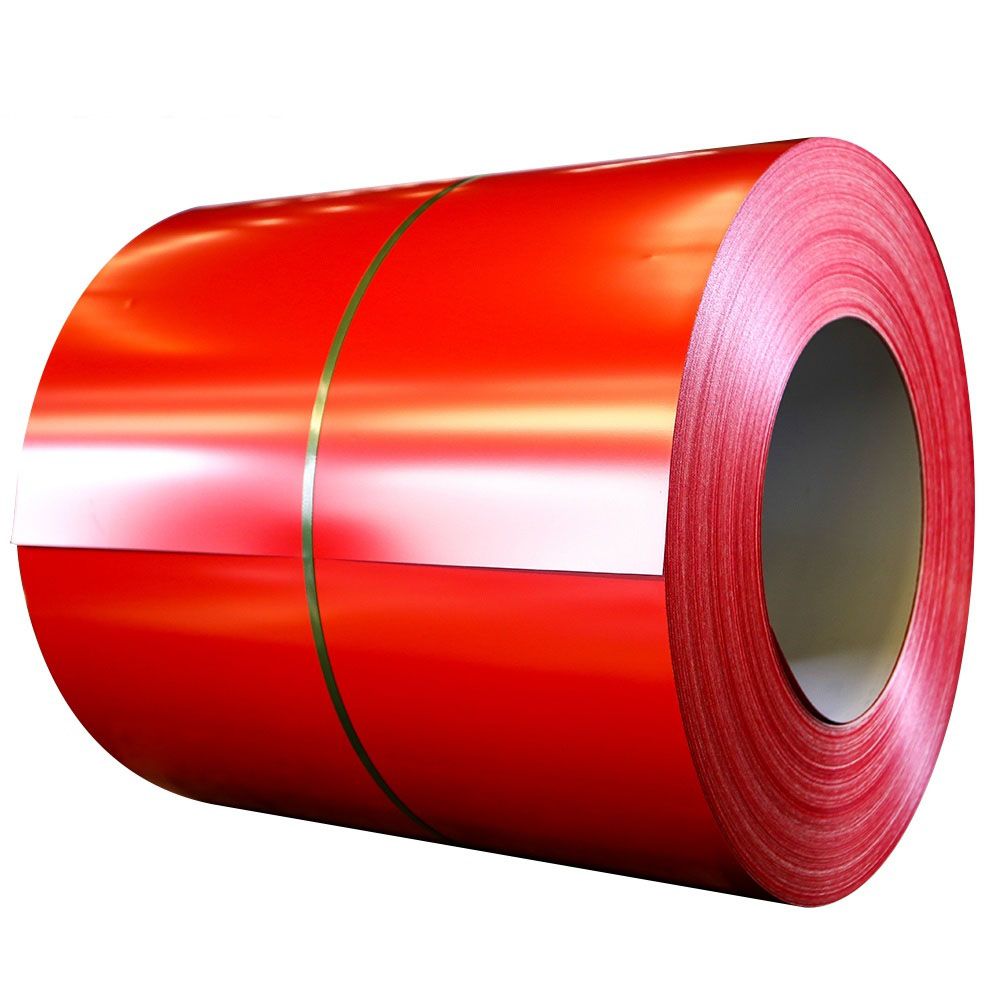Which Is More Suitable for Machining: Hot Rolled or Cold Rolled Steel?
When it comes to machining, the choice between hot rolled and cold rolled steel hinges on various factors, including the specific machining task, desired surface finish, material attributes, and cost considerations. In this article, we'll delve into the characteristics of both types of steel in relation to machining, shedding light on their respective advantages and drawbacks.
Hot Rolled Steel for Machining:
Hot rolled steel undergoes a production process at elevated temperatures. The steel is heated beyond its recrystallization point and subsequently passed through a sequence of rollers to attain the desired thickness and shape. Hot rolled steel exhibits distinct features that can impact its suitability for machining:
1.Material Properties: Hot rolled steel tends to possess a coarser surface texture in comparison to cold rolled steel. The cooling phase following rolling can yield a scale layer on the surface, which may necessitate removal before machining. Nonetheless, this textured surface can enhance grip and reduce the likelihood of workpiece movement during machining.
2.Ductility: Hot rolled steel generally boasts greater ductility than its cold rolled counterpart. This heightened ductility allows for increased adaptability during machining tasks like bending, shaping, and forming. It proves especially advantageous when working on intricate or complex components.
3.Cost Efficiency: Hot rolled steel often comes at a lower price point than cold rolled steel due to its more straightforward manufacturing process. For specific applications where cost is a pivotal factor, hot rolled steel can emerge as the more economical choice.
Benefits of Hot Rolled Steel for Machining:
●Ease of Shaping: Hot rolled steel's enhanced ductility and malleability render it more pliable and simpler to shape during machining activities such as bending, extrusion, and punching.
●Reduced Susceptibility to Brittleness: The heat treatment integral to hot rolling mitigates some internal stresses within the steel, lowering the risk of brittleness. This, in turn, minimizes the likelihood of cracking or fracturing during machining.


Drawbacks of Machining with Hot Rolled Steel:
―Surface Quality: Hot rolled steel often presents a coarser surface texture, occasionally marred by scale or mill scale. Achieving the desired surface finish may entail additional steps like grinding or sanding.
—Dimensional Precision: Hot rolled steel can exhibit slightly looser dimensional tolerances in comparison to cold rolled steel. This aspect may prove critical in machining operations requiring exact dimensions.
Cold Rolled Steel for Machining:
Cold rolled steel undergoes production at ambient temperatures, where it's passed through rollers applying pressure to reduce thickness and enhance surface quality. Cold rolled steel differs from hot rolled steel in various aspects:
1.Surface Finish: Cold rolled steel boasts a smoother and more refined surface finish when contrasted with hot rolled steel. Lower-temperature rolling minimizes scale presence, yielding a consistent surface quality.
2.Dimensional Precision: Cold rolled steel generally maintains tighter dimensional tolerances than hot rolled steel. It is favored for machining tasks demanding precise measurements and close tolerances.
3.Material Hardness: Cold rolled steel can exhibit higher hardness than hot rolled steel. This can be advantageous for specific machining operations necessitating cutting or drilling into the material.
Advantages of Cold Rolled Steel for Machining:
●Superior Surface Finish: The smoother surface of cold rolled steel contributes to enhanced aesthetics and reduces the need for additional finishing steps.
●Precision in Dimensions: Cold rolled steel's strict dimensional tolerances make it ideal for machining tasks where exact measurements and tight fits are essential.
Limitations of Cold Rolled Steel for Machining:
●Material Hardness: The increased hardness of cold rolled steel can pose challenges in certain machining processes like drilling or tapping, often requiring the use of appropriate cutting tools and techniques.
●Reduced Ductility: Cold rolled steel generally exhibits lower ductility compared to hot rolled steel. This limitation may impact its flexibility during specific machining operations, such as bending or forming.
In summary, the choice between hot rolled and cold rolled steel for machining hinges on various factors. Hot rolled steel offers greater ductility and ease of shaping, making it apt for operations like bending and forming. Conversely, cold rolled steel delivers a smoother surface finish and tighter dimensional tolerances, rendering it favorable for applications necessitating precision measurements. The ultimate decision should account for the unique requirements of the machining task, desired surface finish, material properties, and cost considerations.
For further information regarding Cold Rolled Steel Coil and Hot Rolled Steel Coil, please feel free to reach out to us. We are equipped to provide expert insights.
Contact: Bonny Zhu
Phone: +8613854893387
E-mail: bonny@sdmeihuayuan.com
Add: Building 8, wanda plaza, taian city, shandong province, PRC